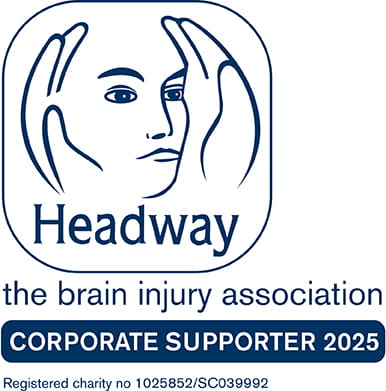Yet their use, other than on private property, remains illegal unless you are renting one that is covered by one of the 57 government approved schemes. But with estimated private sales in this country topping £750,000 the pressure on the government to legalise their use on the public roads is growing.
But what are risks posed by e-scooters and how should those risks be reduced? An issue that the government is now grappling with as can be seen by the fact that despite early positive indications the highly anticipated announcement concerning e-scooter legislation failed to materialise in the Queen’s speech presented to Parliament on 10th May. Nevertheless, comments from Minsters, including the Transport Secretary, indicate that the new ‘Transport Bill’ will seek to create a low speed, zero emission vehicle category separate from cycles and motor vehicle. Indeed, in a recent speech in the House of Lords Baroness Vere of Norbiton said “new powers would allow the government to decide the vehicles that fall into this new category in future and how they should be regulated to ensure they are safe to use. We hope that e-scooters will be the first of these vehicle”.
What do we know the risk so far?
The Parliamentary Advisory Counsel for Transport Safety (PACTS) reported in March on “The safety of Private e-scooters in the UK”. Using, unofficial data (it is anticipated official data will be released in September 2022) this report suggests that 900 people in 2021 were injured in accidents involving e-scooters. As there is no official data it is probable these figures may be an underestimate. Of those injured 40% suffered serious injuries and of those cases 40% involved head injuries. In 69% of the accidents, it was the rider who was injured, and in 27% of the accidents it was road users, mostly pedestrians, who were injured.
Given the popularity of e-scooters with the young, it is probably not surprising that 50% of the accidents involved people how were under 25. But perhaps the most telling is that 70% of accidents involved privately owned e-scooters as opposed to only 15% rental e-scooters. Of the other 15% the data is unclear. There were 11 deaths in 2021 and there have been 19 deaths in total since 2019.
Regulation to ensure they are safe to use.
The approved schemes impose restrictions on the use of e-scooters, including strict construction requirements, maximum speed limits, technology to limit speeds in busier areas, a maintenance and repair regime, a lower age limit, the requirement to have a Driving licence, insurance and, a ban on riding on pavements.
This may seem to be taking away the “fun element” of their use but a study commissioned by Transport for London in 2021 suggested that riding an e-scooter could be 100 times more dangerous than riding a bicycle and the injuries suffered by riders were more serious and require longer periods of treatment. Head injuries and limb fractures are more likely given the position of the rider and the present lack of speed limiters on Private scooters. The PACTS report also gives data from Germany that shows in collisions involving e-scooters and a pedestrian the pedestrian is three times more likely to be injured than the e-scooter rider.
The recommendations of PACTS
The report recommended that department of transport should:
- Take immediate action to address dangerous and illegal private e-scooter use.
- Undertake a thorough public consultation before making any decision on the legalisation of e-scooters
- Commission further research; and,
- if the Government decides to legalise use of private e-scooters, it should adopt regulations for their construction and use
Summary
More information is required so that sensible regulation can be applied to the general use of e-scooters on the road. Regulations that will be unwelcome by some but it of course a question of balance. No form of transport is risk free but that does not mean we allow vehicles on the road that pose unnecessary risks. If e-scooters are to be the first in a new a low speed, zero emission vehicle category we need to understand and reduce the risks to ensure the safety of not only the rider but other road users.
Disclaimer
This information is for educational purposes only and does not constitute legal advice. It is recommended that specific professional advice is sought before acting on any of the information given. © Shoosmiths LLP 2025

















